Archive
2021
KubaParis
Ungrowing
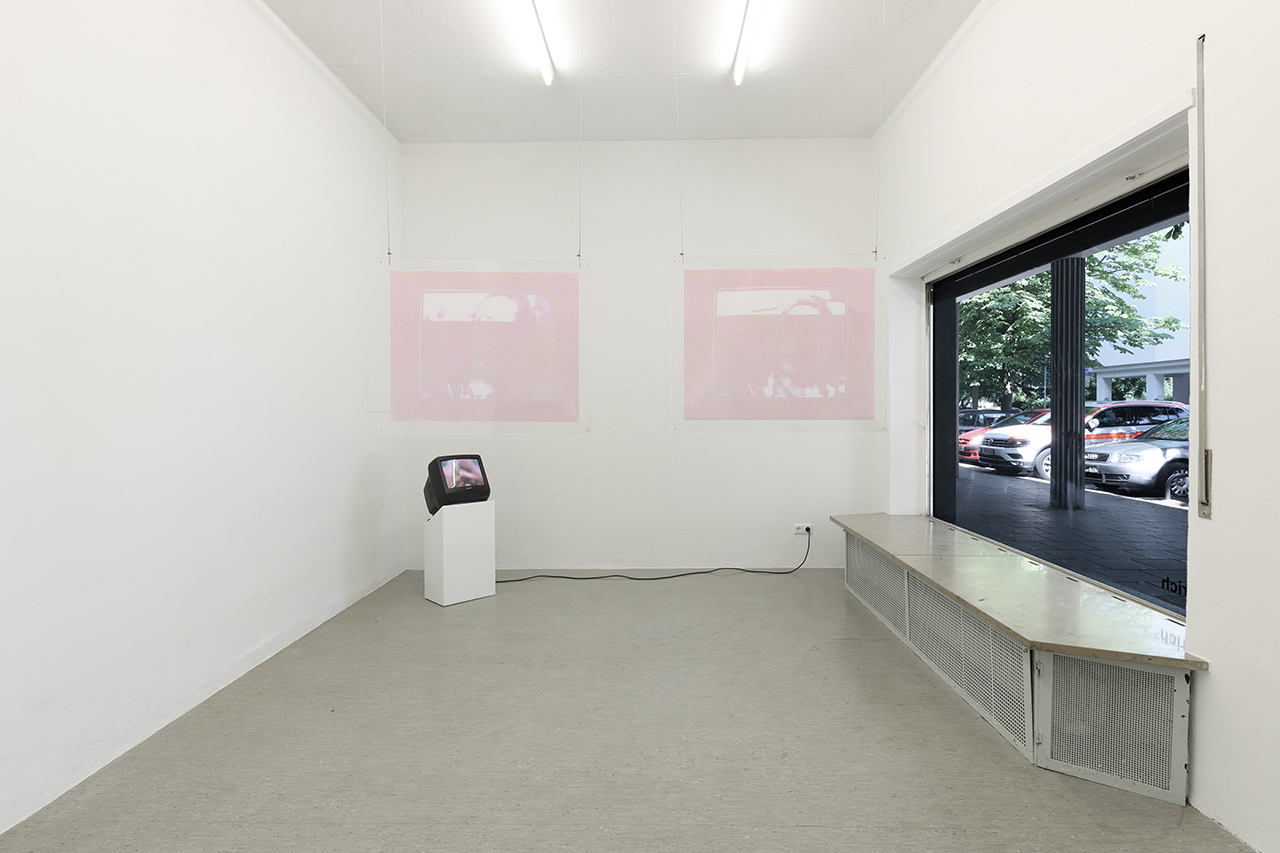
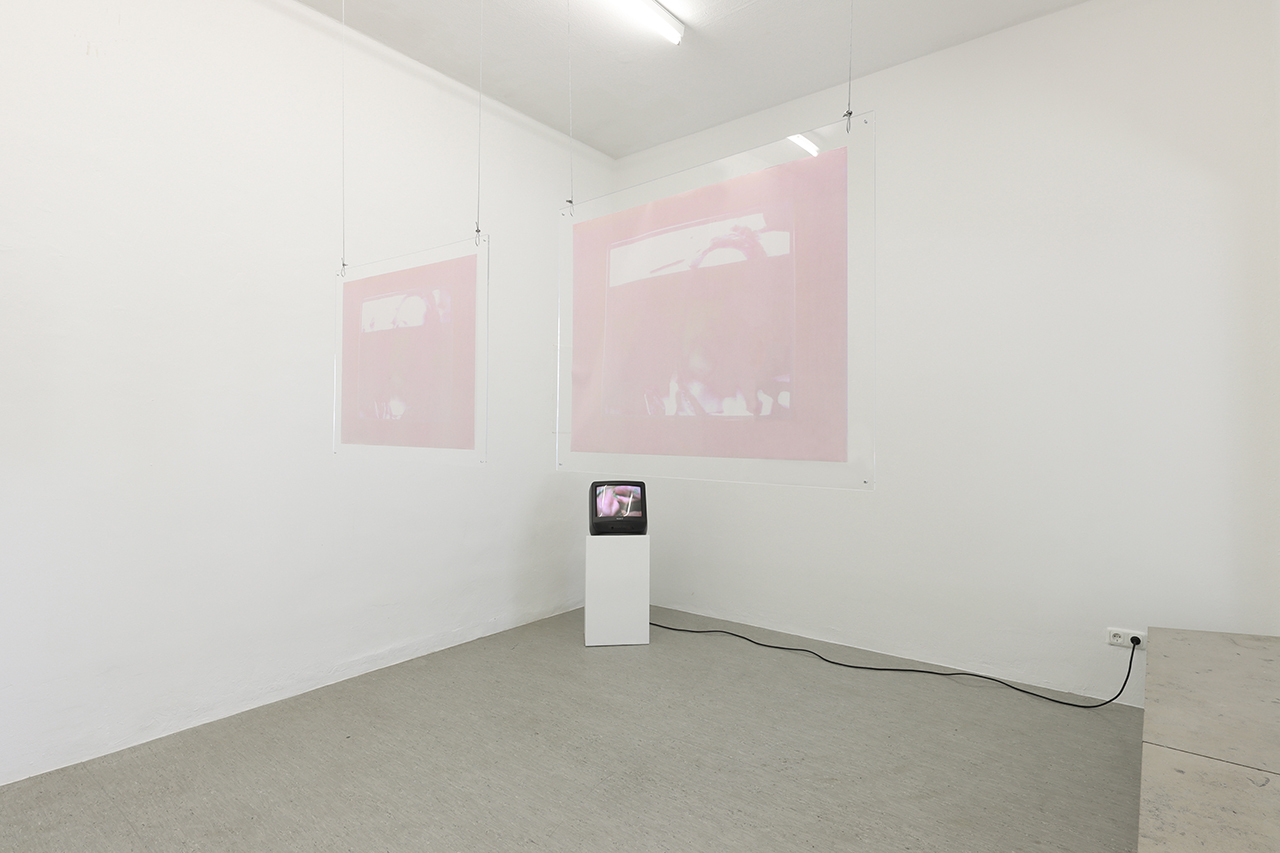
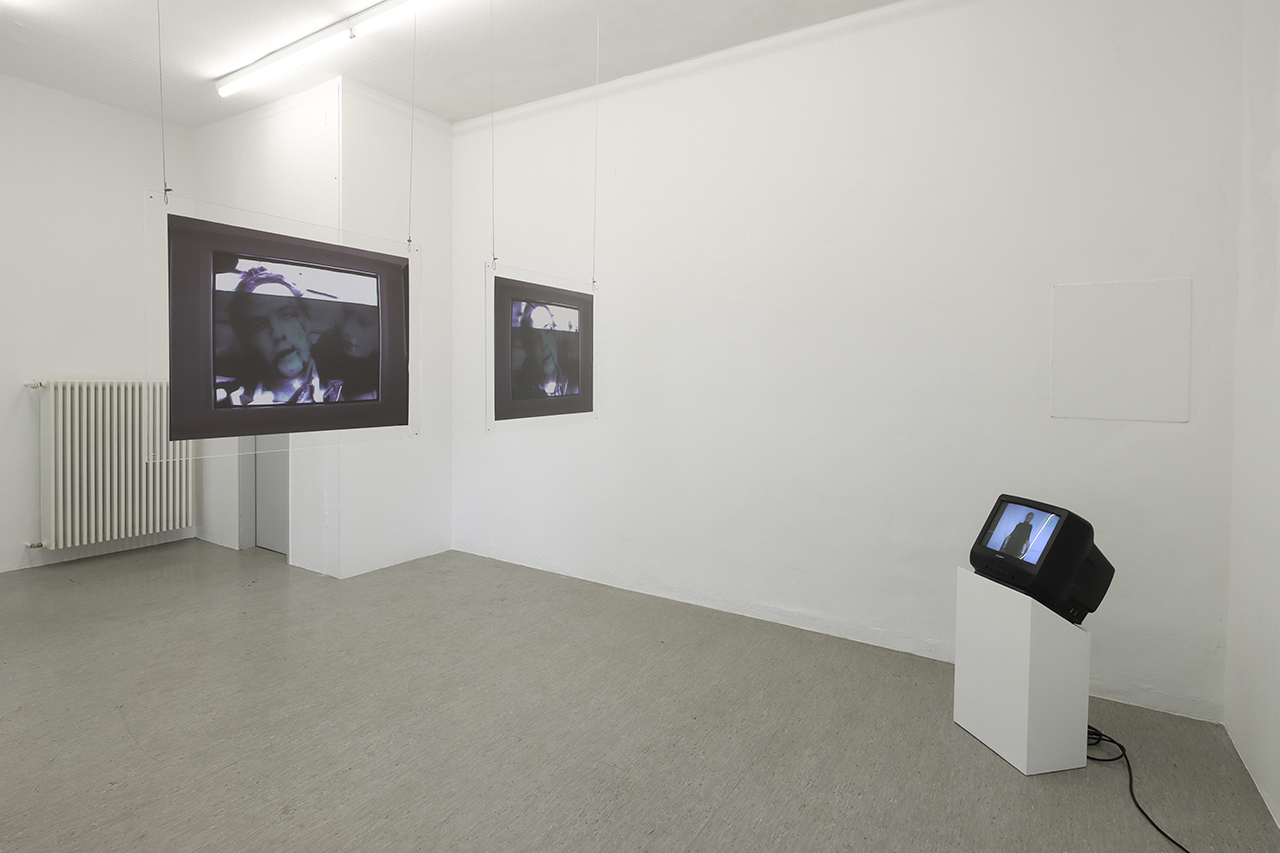
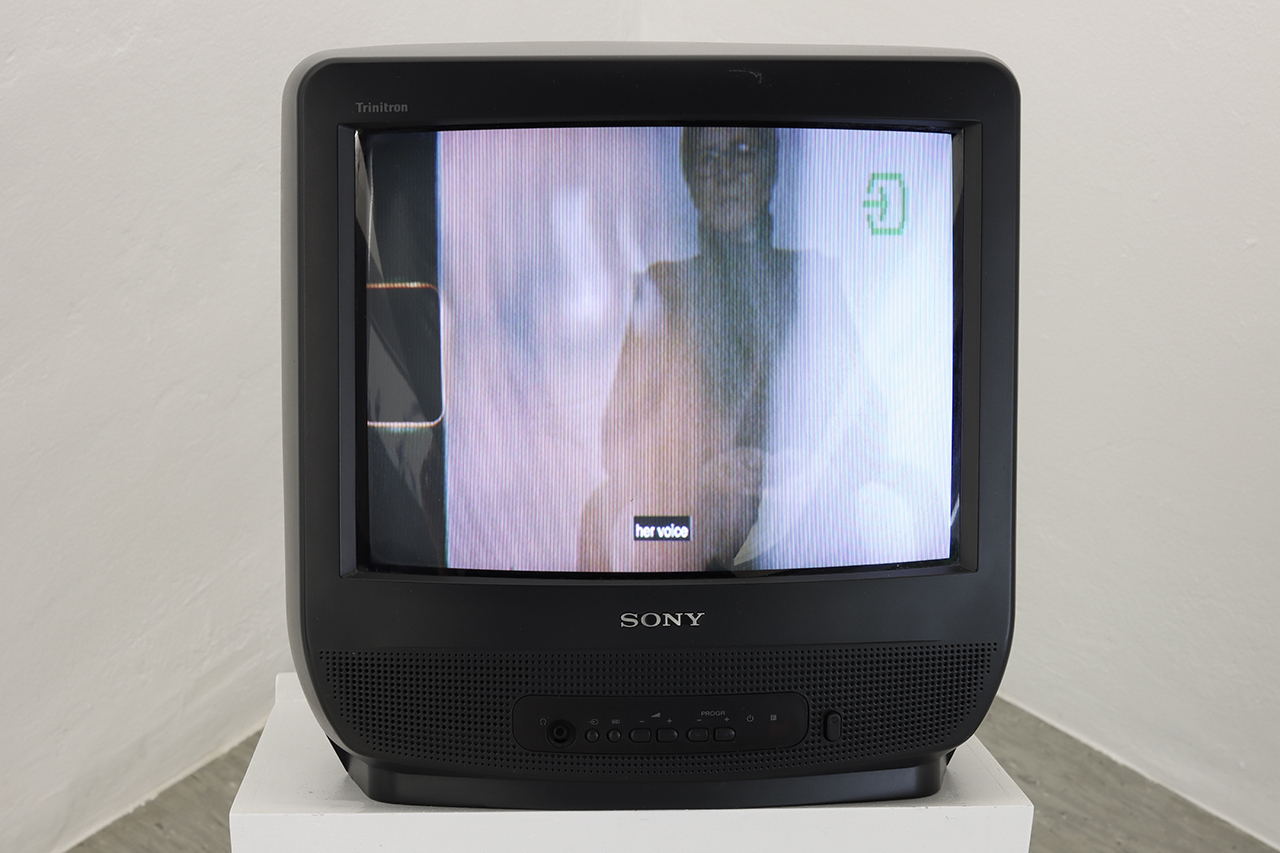



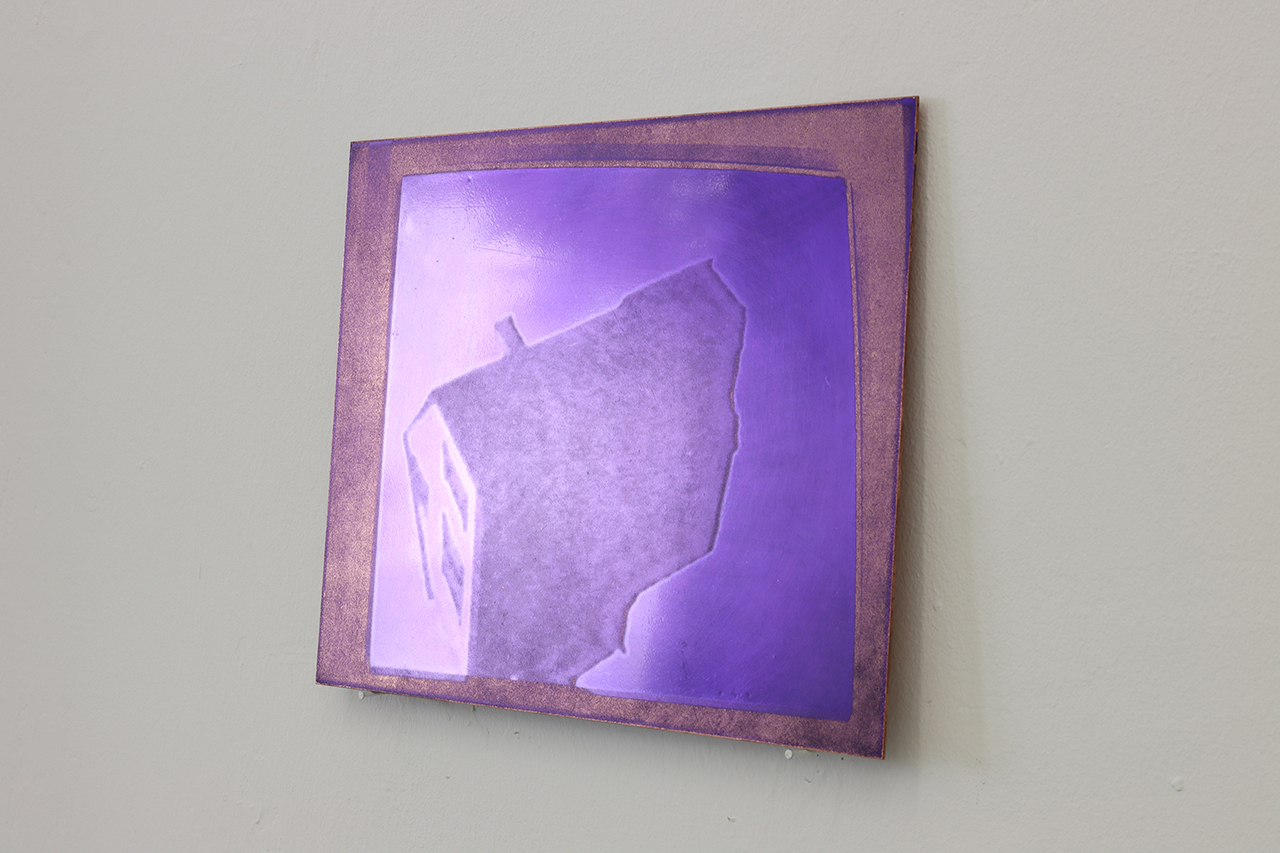
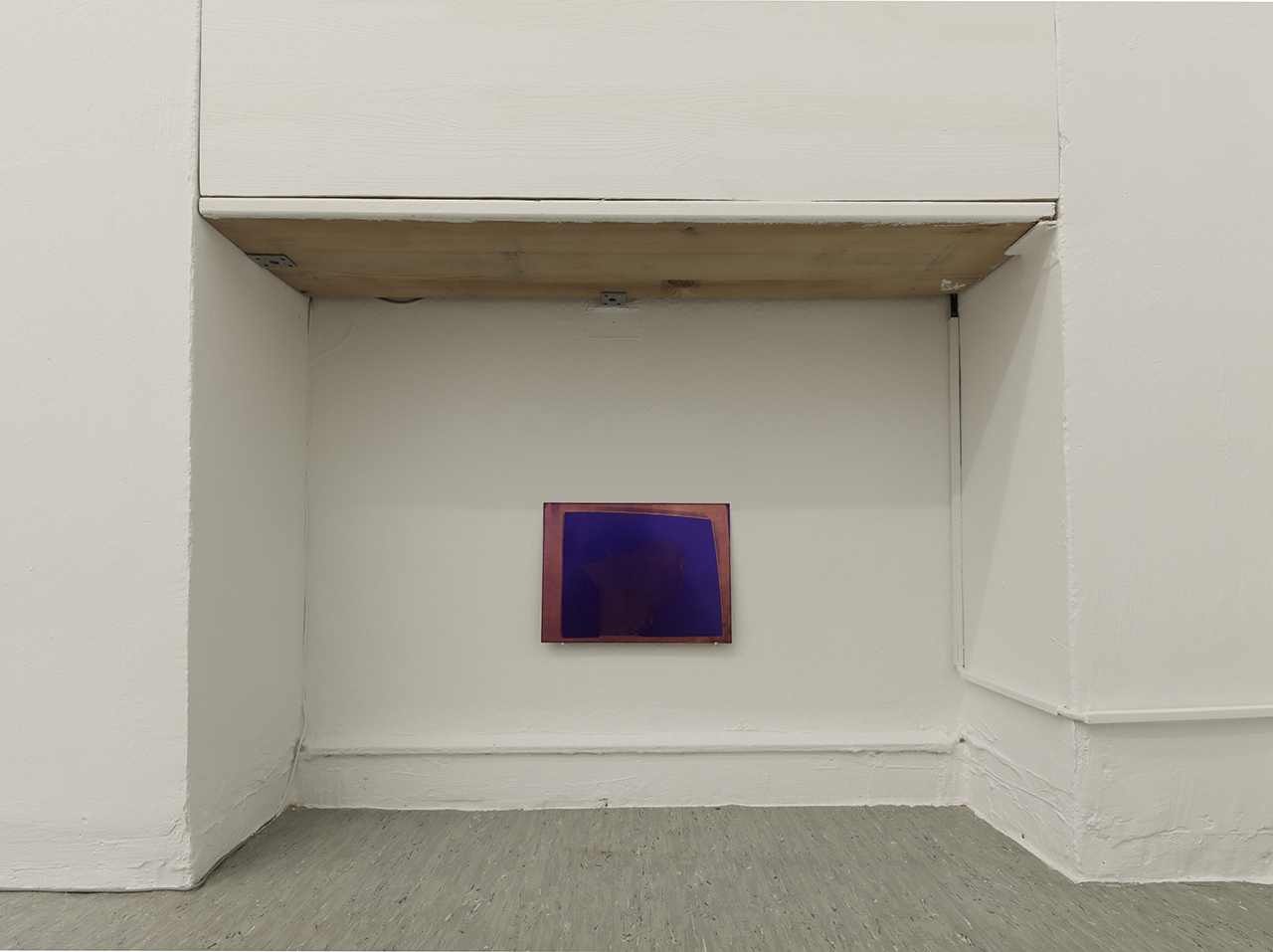
Location
fffriedrichDate
17.06 –02.07.2021Curator
Sophia SchererPhotography
Ian WaelderText
„The human is from the start an adult. In other words, the individual who is introduced to us as the first moment of the human, the outbreak of the human onto the world, is posited as if he was never a child; as if he was never provided for, never depended upon parents or kinship relations, or upon social institutions, in order to survive and grow and (presumably) learn.“
– Judith Butler, The Force of Nonviolence
By confronting her mother's artistic work, Elsa Stanyer begins to discover parallels between her practice and her own – in Ungrowing, this juxtaposition becomes the conceptual framework. Reflecting on the unseen work of another person - in case of this exhibition, that of her own mother, who ceased her artistic activities at the time of becoming a mother – is understood as a "digestive" gesture. The exhibition title thereby refers to growth and cyclical states: In the works, Elsa Stanyer not only reflects on processes of growing up or outgrowing, but above all reflects on the impossibility of withdrawing or reversing biological processes such as social roles. While growing up is irresistible, growing out of social or corporate roles is influenced by the desire for emotional attachment and simultaneous detachment.
The short film Ungrowing (2021) deals with the feeling of being stuck in two time levels as well as the persistence in parallel roles: mother, child, human. Elsa Stanyer interweaves Super 8 and digital footage with a fragmentary audio and raises questions about identity and self-discovery under the condition of being a child and becoming a mother. As the mother remembers the physicality of her own deceased mother, the de-shelling of home-grown fleshy beans exposes a foetal, visceral matter, becoming a productive and cyclical act between mother and daughter. The film not only points to the vulnerability of the "mother figure" itself, but also shows how much negotiations on motherhood are socially isolated and privately connoted. Ungrowing (2021) is about loss and grief and shows the personal documentation of a collective experience.
A counter-position to the maternalistic focus of the exhibition is formed by the prints hanging centrally from the ceiling, the backs of the prints revealing a glimpse of its bruised colored ink. The two photographs are part of the series 16 Marlons (2005/2021) and build the recourse to the archive of the mother, whose pictorial subjects are often associated with allegories of violence, nature, perceived orders of the world as well as human instincts. 16 Marlons (2005/2021) show a TV screen displaying the film On the Waterfront (1954) with Marlon Brando's face and, at the edge of the image, the outline of a woman who appears to be supporting him. Whether he is in pain or close to death remains hidden in this depiction, with the reinterpretation of the moving medium into a static one transfiguring its fictional or real meaning. Elsa Stanyer thus creates a two-dimensional void despite the supposed view into a television set. Brando's facial expression could be a mimicry of the ancient sculpture Laokoon, whose highly exaggerated, masculine figure in Greek mythology embodies the ideal image of the father who tried to liberate his sons from the grip of a snake. Moving between pain and passion, his iconic pose remains ambiguous, but it evokes an intuitive compassion for the sufferer ("his misery goes to our soul; but we wish, like this great man, to be able to endure misery", Johann Joachim Winckelmann). Juxtaposed with the short film, these works reflect on the representation of artificially evoked compassion and genuine grief. Who experiences empathy and protection? What is grieved and what is not?
Another level of medially transformed images is opened up by the two works Toto, I have a feeling we're not in Kansas anymore (2021), which refers to the Hollywood fantasy musical The Wizard of Oz (1939). With these works, Elsa Stanyer continues her mother's unfinished work and reactivates it - she brings it to life. The copper plates, which were made using the photo etching process, show scenes in which the young protagonist Dorothy embarks on her dreamed journey to Oz. On her way through the land "over the rainbow", she encounters various characters who put her to a moral test. She has to form a judgement, differentiate between good and evil, get acquainted with brave and fearful, reasonable and irrational beings. In the journey, she discovers her independence for the first time: unprotected, far from home.
Detachment from intimate atmospheres and abandonment are recurring themes in Elsa Stanyer's practice, but not as a subjective condition, but rather as a feature of our shared and interdependent lives. We are vulnerable to those social structures that make our lives possible, and when they waver, we waver too. In psychoanalytic theses, "becoming a subject" is preceded by a supposed process of detachment that thus leads to self-empowerment. In this context, Elsa Stanyer's work explores the possibility of not simply overcoming dependencies in order to achieve self-sufficiency: Rather, these relationships marked by dependency are to be accepted as a condition for equivalent existence, in order to let something grow out of it.
Sophia Scherer